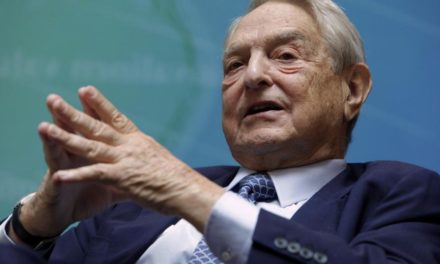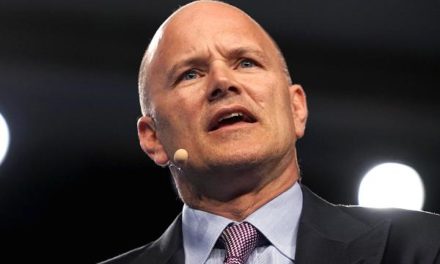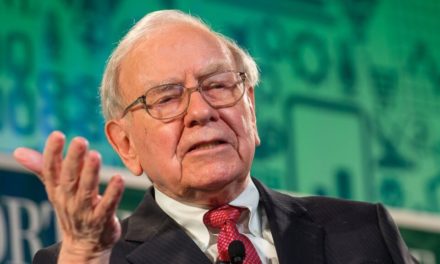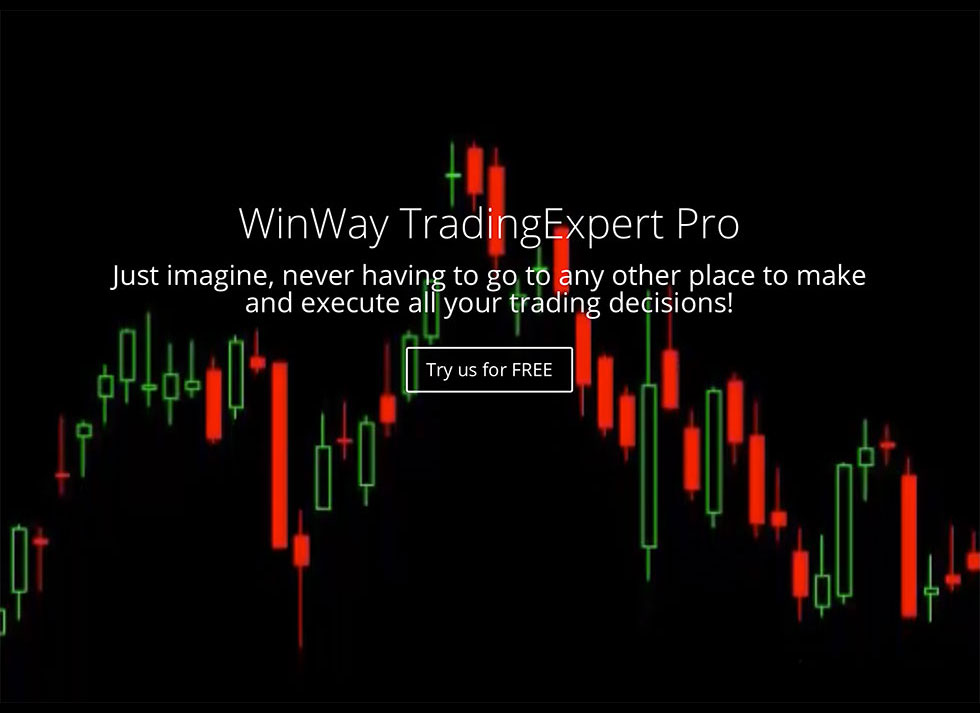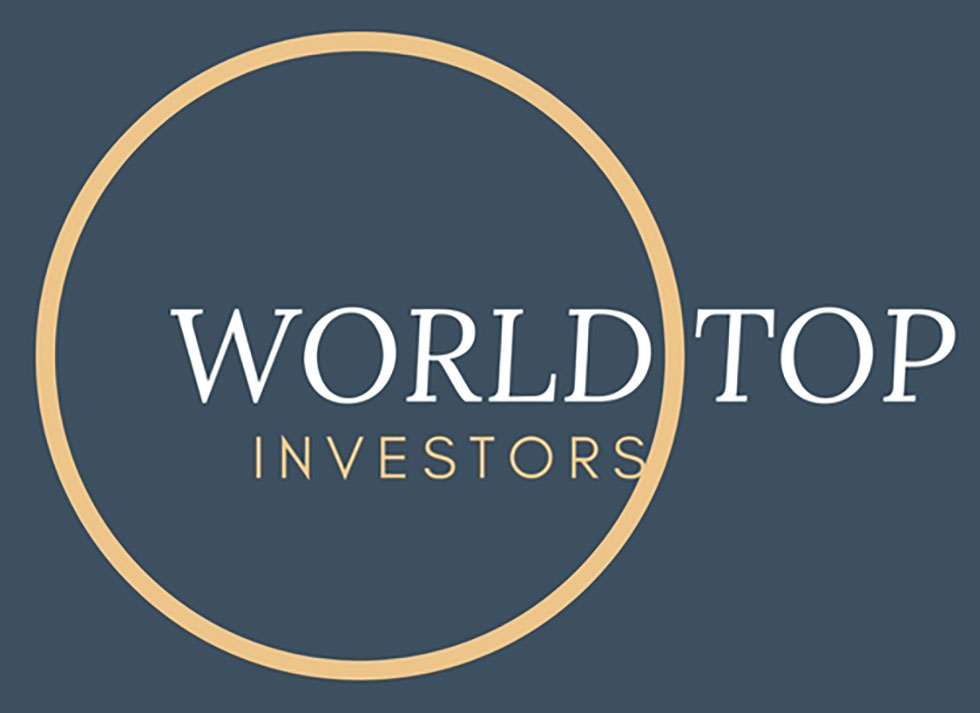Michael Platt the English-born billionaire co-founder of hedge fund BlueCrest. Now Michael Platt invests his own money and has opted to do without outside funds. He is a growing trend among the crème de la crème of traders/investors who are opting to go it alone.
But as Michael Platt invests his own money he is not alone.
Let’s face it, for the grand masters of the game trading is the world’s most lucrative business. They are the top guns of the trading world. They a the type of traders who have all the right chemistry of a winner, intelligence, conviction, courage, and grit. Somehow, maybe with lady luck smiling down at them too, they have a habit of making epic trades that stand out from the millions of transactions that go through the exchange every day unnoticed. The greatest trades in Wall Street history were done by a handful of traders.
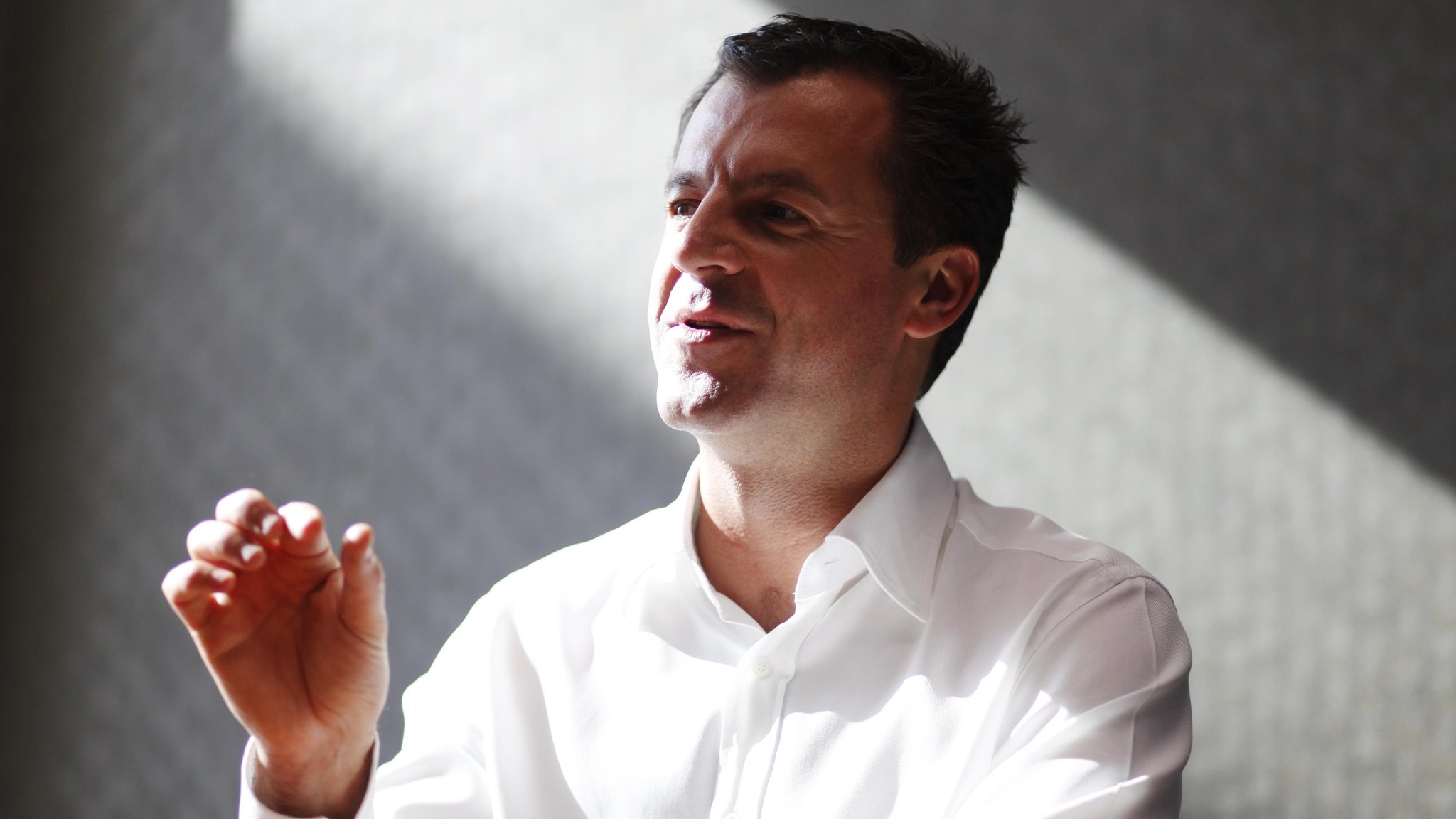

Now Michael Platt invests his own money and has opted to do without outside funds.
So it is no surprise that Michael Platt invests his own money. The best of the best traders wants to invests their own money.
For Michael Platt, the ‘two-and-20’ fee model just isn’t enough to be worth his while. Put another way Michael Platt has opted to do without outside money. He now has all skin in the game and he has opted to go it alone. Michael Platt invests his own money.
The 51-year-old trader made an estimated $800m in 2014, according to Institutional Investor’s Alpha. Michael Platt then announced that he would shut his doors to outside clients, despite his BlueCrest Capital Management continuing to post stellar returns.

BlueCrest Capital Management made profits for its investors in 2015 of 30% and again in 2016, it managed a 50% return on investment
Indeed, the London based firm returned alpha profits for its investors in 2015 of 30% and again in 2016, it managed a 50% return on investment.
BlueCrest Capital Management outperformed all its rivals by a wide margin. Caxton Associates and Brevan Howard Asset Management founded by Alan Howard. But BlueCrest Capital Management which had previously managed about $9 billion in capital, stopped managing outside money at the start of 2016.
Nevertheless, Michael Platt didn’t do what most people would have done and ride off into the sunset to enjoy his new found fortune?
Michael Platt invests his own money and he is still in the business. In 2010 the hedge fund manager personally relocated along with some of his traders to Geneva in 2010 for tax reasons. Michael Platt then moved again recently to Jersey.
So how does Michael Platt spot talented traders, the trader that like Mike Platt invests his own money in the game?
“The type of guy you want — someone who understands an edge” said Michael Platt.
“I look for the type of guy in London who gets up at seven o’clock on Sunday morning when his kids are still in bed and logs on to a poker site so that he can pick off the US drunks coming home on Saturday night. I hired a guy like that” the former JPMorgan Chase trader was quoted as saying in the 2012 book Hedge Fund Market Wizards.
“The type of guy you want — someone who understands an edge” – Michael Platt
But what was the mains reason for Michael Platt closing his door to outside money and why Mike Platt invests his own money exclusively?
He cited downward pressure on fees as the reason for closing his doors to the pension funds and other institutional investors who incidentally rushed into BlueCrest following the 2008 crisis.
“The industry’s conventional “2 and 20” fees model — whereby hedge funds take an annual 2 percent of an investor’s assets and a fifth of any trading gains — no longer made enough money to make it worthwhile” said Mike Platt.
“We are showing we would like to be our own client” Michael Platt said. “It is no longer a very profitable business to run a multi-manager hedge fund on 2 and 20 percent fees” added Mike Platt.
Michael Platt reckons he can make more money while continuing to pay his traders large shares of the profits by using more leverage to make up for the money he is giving back to investors. In other words, Michael Platt gets to keep all investment profits after costs.
Michael Platt coins this model a “0 and 100” structure.
“The industry’s conventional “2 and 20” fees model, whereby hedge funds take an annual 2 percent of an investor’s assets and a fifth of any trading gains, no longer made enough money to make it worthwhile” – Michael Platt
Michael Platt is a growing list of top traders/investors who have become autonomous. The type of trader who trades on his own account. He like Michael Platt invests his own money.
Top Goldman trader David Perez is going it alone too.
Perez, a former managing director and senior equity index volatility trader at Goldman Sachs in New York like Michael Platt invests his own money. He has just started an alternative lending platform called YAD Capital.
David Perez left Goldman after 13 years in 2014. He joined hedge fund MKP Capital Management, but left again in November and has just resurfaced as co-founder and CEO of YAD.
Giles Coppel, is another top gun trader at Brevan Howard’s New York office who like Michael Platt invests his own money. Giles Coppel is preparing his own hedge fund and going it alone with not quite all skin in the game, Brevan Howard is backing Coppel with $200 million
So many existing hedge funds are struggling to reach alpha returns because they are unable to attract and keep talented traders, after all, the most talented traders realize that they can make more money trading for themselves.
The alpha trader who like Michael Platt invests his own money. These traders prefer to have skin in the game because they are brilliant at what they do. That leaves many hedge funds with sleek marketing campaigns, a lack of talent and little or no skin in the game.
Perhaps it is no surprise that the industry is under performing with dismal returns for investors.

